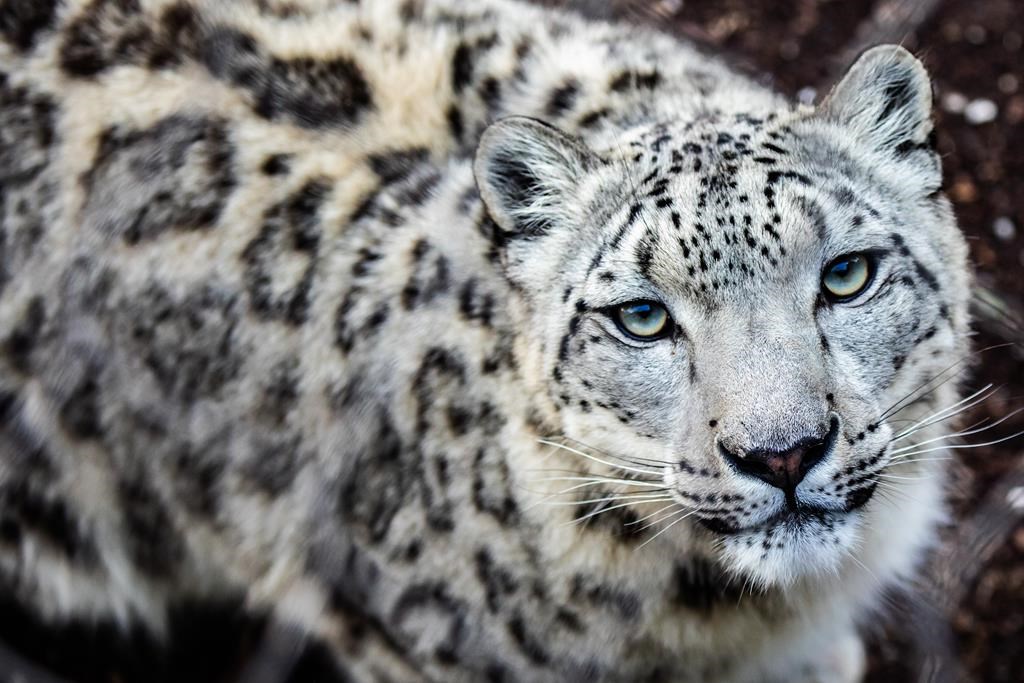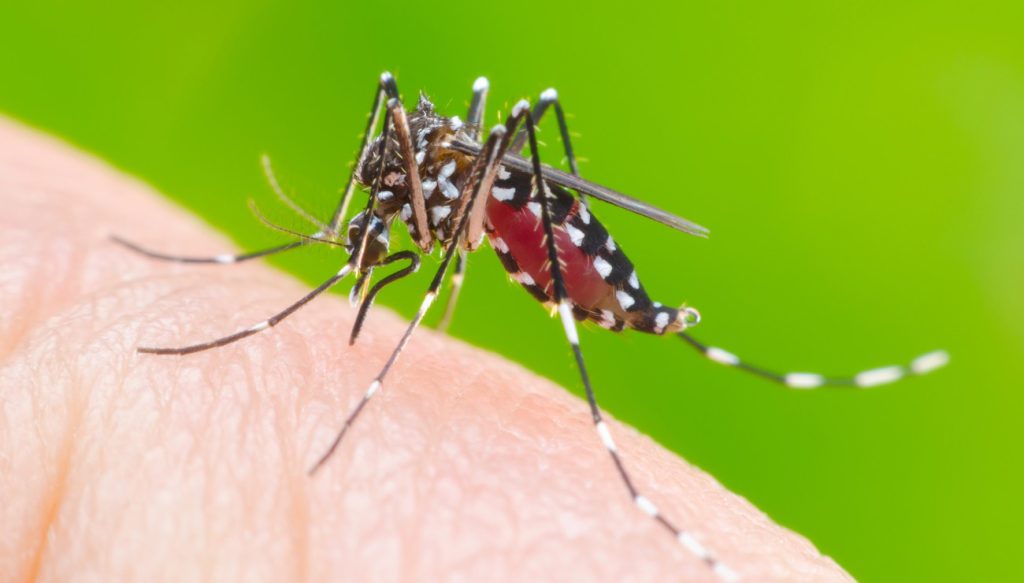The main carrier of dengue, Zika, chikungunya and yellow fever, mosquitoes Aedes aegypti It is the subject of many studies to understand how humans figure out who to bite them. In most insects, sight is crucial to performing multiple activities: finding mates, locating egg laying, controlling their flight path, etc. It has been found that when a tsetse fly is stimulated by an olfactory signal, the tsetse fly is attracted to things that we see as blue. The odor component also plays an important role in bedbugs to increase visual interaction. In mosquitoes, experiments have highlighted the importance of visual and olfactory cues. In particular, olfactory detection of carbon dioxide (eg emitted during exhalation) is known to stimulate visual recognition. However, the exact way in which olfaction affects the visual searching behaviors of mosquitoes has not been well understood. Jeffrey Revell’s team at the University of Washington has described the range of colors that mosquitoes are sensitive to Aedes aegyptiin the presence or absence of carbon dioxide.
The researchers photographed the trajectory and behavior of mosquitoes in a wind tunnel where they could control carbon dioxide emissions and expose the subjects to different visual patterns in colors corresponding to the visible range (between 380 to 780 nanometers). In the absence of an olfactory stimulus (CO .)2), mosquitoes ignored visual patterns, regardless of colour, so any visual response appears to be conditioned by the olfactory response. After CO2 was added, it was noticeably attracted to wavelengths ranging from orange (610-660 nm) to red (660-780 nm) patterns that emit green, blue, or violet (wavelength less than 560 nm) . This indicates that CO2 detection elicits, in mosquitoes, a preferential visual attraction to the dominant forms of human skin that emit a strong red imprint.
The scientists then examined the effect of retinal photoreceptors and carbon dioxide receptors on visual prey-seeking behavior in mosquitoes. More specifically, they conducted experiments on insects that had mutations in the genes encoding opsin, photoreceptors sensitive to long wavelengths, called opsin. Opsin-1 And the Opsin-2and the recipient Gr3that detects carbon dioxide. These mutations cause these receptors to malfunction. The researchers showed that insects are attracted to the color red provided that the carbon dioxide receptor and at least one of the opsin receptors are functional. In contrast, mosquitoes are unable to see red wavelengths (double mutation Opsin-1 And the Opsin-2) or unable to sense carbon dioxide (boom Gr3Skin color was not specified. Thus, the behavioral response of insects is only possible during the successive detection of odors and then colors.
But are all mosquitoes sensitive to the same colors? Additional experiences with species Anopheles Stephensi And the Culex quinquefasciatus reported that these mosquitoes were also attracted to the orange to red spectrum, and also showed sensitivity to short wavelengths. Therefore, this study reveals that localization of prey in mosquitoes requires a dual stimuli, both olfactory and visual. These data, particularly on the frequency range to which different species are sensitive, improve our knowledge of the mechanisms involved in the localization of vertebrate hosts in insect vectors of diseases and will make it possible to design more specific traps performance, based on visual and olfactory characteristics. Another long-term approach is to identify and inhibit genes of interest involved in human endocytosis by genetic manipulation. Thus we can create “genetically modified mosquitoes”, unable to identify or identify human prey. On the one hand, it will preserve biodiversity by keeping mosquitoes in its ecosystem without using “aggressive” techniques aimed at eliminating it. On the other hand, this will make it possible to reduce contact with the “human vector”, thus preventing the transmission of pathogens to humans, assures Vincent Korbel, a researcher at the Research Institute for Development, in Montpellier.

“Hardcore beer fanatic. Falls down a lot. Professional coffee fan. Music ninja.”







More Stories
Pregnant female snow leopard at the Toronto Zoo
When the sun rises Radio-Canada.ca
Parhelia – auditory canal